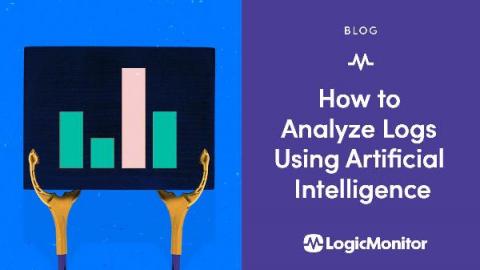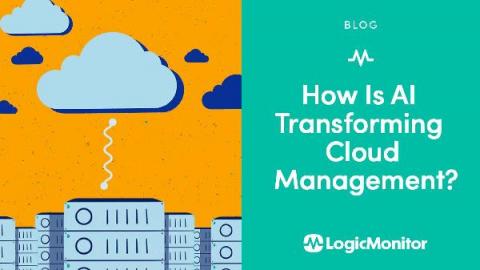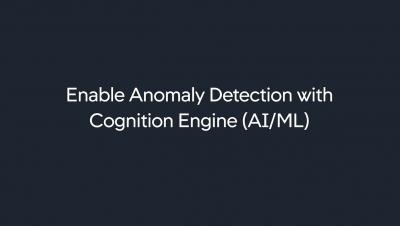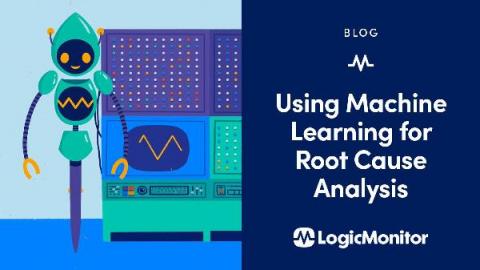How to Analyze Logs Using Artificial Intelligence
As your tech stack increases, every new device (network devices, servers, applications) creates a large amount of distributed log data. This forms part of what is called “machine data”, which is growing 50x faster than traditional business data. In fact, everything in your stack is continuously writing new events to your log files, including error logs that contain a record of critical errors encountered by a running application, operating system, or server.











